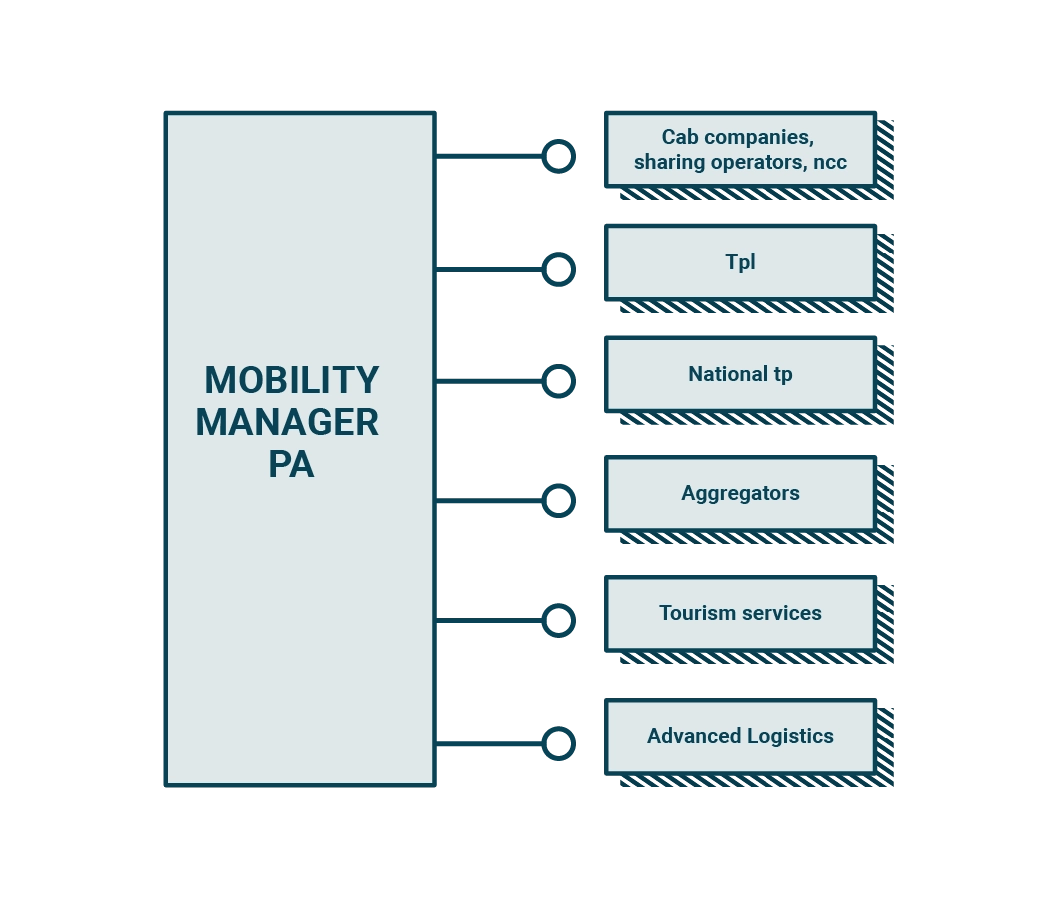Understanding Smart Mobility
Innovation
Technology
Consulting
Home » Understanding Smart Mobility
Introduction
Smart mobility is a concept that has gained increasing attention in recent years. But what exactly does it mean?
Smart mobility refers to intelligent, flexible, and sustainable transportation systems designed to adapt to citizens’ evolving needs. It aims to provide customized and environmentally friendly mobility solutions, enhancing quality of life and making cities more livable.
By leveraging digital technologies such as the Internet of Things (IoT) and Artificial Intelligence (AI), smart mobility enables optimization of transportation resources, reduction in pollution, and increased efficiency in mobility services.
The Evolution of Mobility
Historically, urban environments were dominated by internal combustion engines and traffic congestion. Personal vehicle ownership was seen as a symbol of independence. However, growing urban challenges—such as congestion, pollution, and climate change—highlighted the need for a new mobility paradigm.
Smart mobility responds to this need by introducing eco-friendly alternatives like electric bikes, scooters, and shared vehicle services. These innovations help reduce environmental impact and encourage more efficient, collective forms of travel.
Cities, once overwhelmed by traffic, are evolving. Infrastructure is being adapted to accommodate electric vehicle charging stations, intelligent traffic systems, bike lanes, and pedestrian zones—making room for more sustainable modes of transportation.
What is Smart Mobility?
Smart mobility is more than just new vehicles; it’s a comprehensive ecosystem integrating technology, data, and infrastructure. With IoT and AI, vehicles and infrastructure communicate in real time, optimizing traffic flow, reducing congestion, and enhancing road safety.
It also involves a cultural shift. Citizens are rethinking car ownership in favor of more sustainable and flexible alternatives, including Mobility-as-a-Service (MaaS), where various transportation modes are combined in a seamless user experience.

Benefits of Smart Mobility
- Efficiency Improvement: Telematics platforms help optimize the movement of people and goods by planning optimal routes and tracking vehicle locations.
- Cost Reduction: Monitoring fuel usage, managing vehicle maintenance, and improving resource utilization can significantly lower operational costs.
- Enhanced Safety: Real-time tracking, predictive maintenance, and driver-assistance systems help reduce accidents and ensure safer travel.
- Service Quality Enhancement: Better delivery tracking, real-time user information, and responsive services contribute to a superior experience.
- Increased Transparency: Real-time data on operations and resources provides stakeholders with better visibility and decision-making capabilities.
Why People Value Smart Mobility

- Convenience: Mobile apps provide easy access to a variety of transport options and route planning tools.
- Flexibility: Users can choose the most suitable transport mode based on their needs—be it public transit, car sharing, or micromobility.
- Sustainability: Shared mobility and low-emission vehicles reduce environmental impact.
Who Should Adopt Smart Mobility?

- Individuals seeking more sustainable, convenient, and flexible travel options.
- Businesses in transport, logistics, and delivery aiming to improve efficiency and service.

- Local Governments looking to reduce congestion and improve urban livability.
- Transportation Service Providers seeking modernization and better user experiences.
- Technology Developers offering innovative solutions to support smarter mobility systems
Environmental Benefits

Adopting smart mobility solutions can have several advantages for the environment, such as:
- Pollution Reduction: Promotes low-impact transport such as public transit and micromobility.
- Resource Optimization: MaaS and smart logistics reduce energy consumption and vehicle usage.
- Traffic Reduction: Real-time data helps prevent bottlenecks and enables smart traffic management.
Challenges of Smart Mobility
Infrastructure and Interoperability:
Adopting smart mobility requires extensive infrastructure—EV charging networks, intelligent sensors, and advanced communication systems. Interoperability is key: platforms and systems must communicate seamlessly using open standards and shared protocols.
Collaboration among stakeholders is essential to ensure systems can share data effectively, enabling real-time traffic management, route optimization, and integrated mobility services.
Regulation and standards:
Regulatory frameworks must evolve to support emerging mobility technologies like autonomous vehicles and data-driven platforms. Key focus areas include:
- Safety Regulations: Defining protocols for autonomous systems and liability management.
- Data Privacy: Ensuring personal data collected by mobility platforms is protected and used responsibly.
- Standardization: Developing universal communication protocols to enable platform interoperability and foster innovation.
Conclusion
Smart mobility represents a unique opportunity to transform the transportation sector, improving sustainability, efficiency, and user experience. By leveraging advanced technologies like IoT, AI, and Big Data, it is possible to create a more intelligent, inclusive, and connected transport ecosystem.
However, realizing the full potential of smart mobility requires addressing challenges related to infrastructure, interoperability, and regulation. Only through public-private collaboration, effective policies, and a shared commitment to innovation can we build a smarter, more sustainable future of mobility.
Indice
Iscriviti alla newsletter
Indice
Iscriviti alla newsletter
Get more information
Home » Understanding Smart Mobility